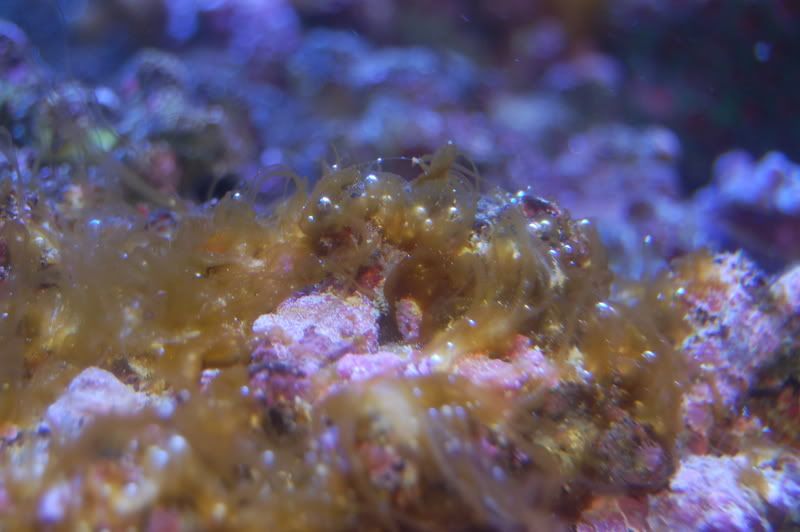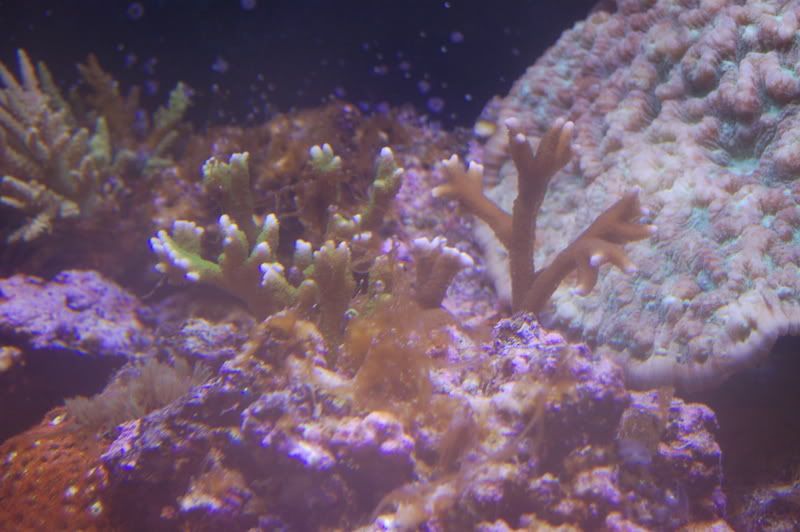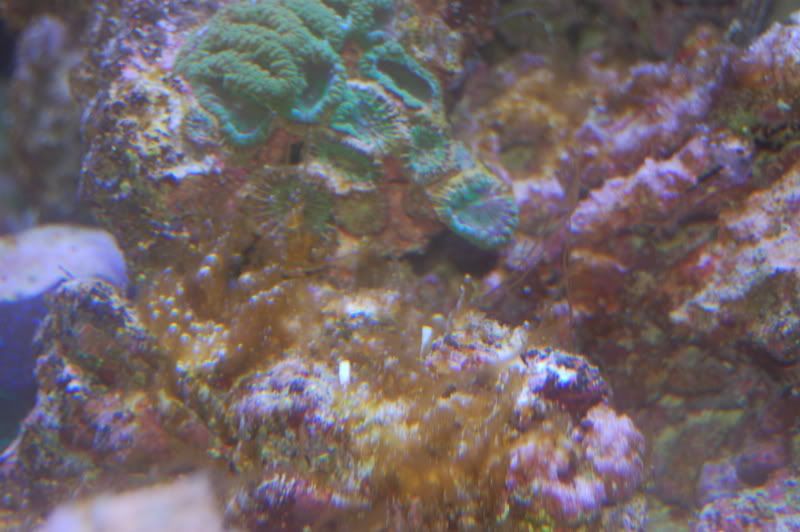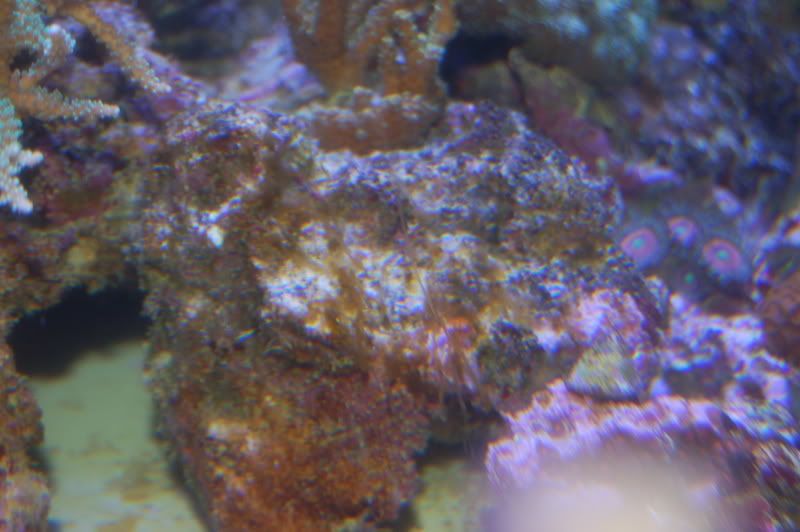Well I was hoping this algae would go away, but its still there and not going away..
I picked up a silicate test today, but that tested out at Zero.
I can test my phosphates, but i know those salifert test kits aren't perfect for that..
Here are Pictures:




Please help me, this is tough to watch, my corals are healthy.. but this is on the verge of taking over..
I picked up a silicate test today, but that tested out at Zero.
I can test my phosphates, but i know those salifert test kits aren't perfect for that..
Here are Pictures:




Please help me, this is tough to watch, my corals are healthy.. but this is on the verge of taking over..

